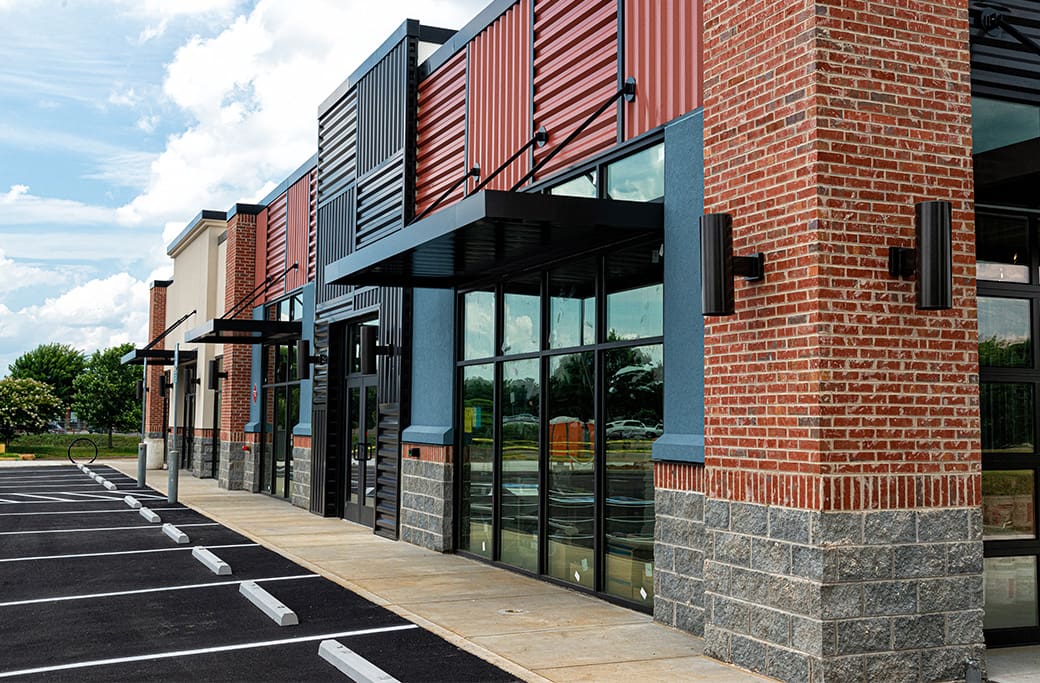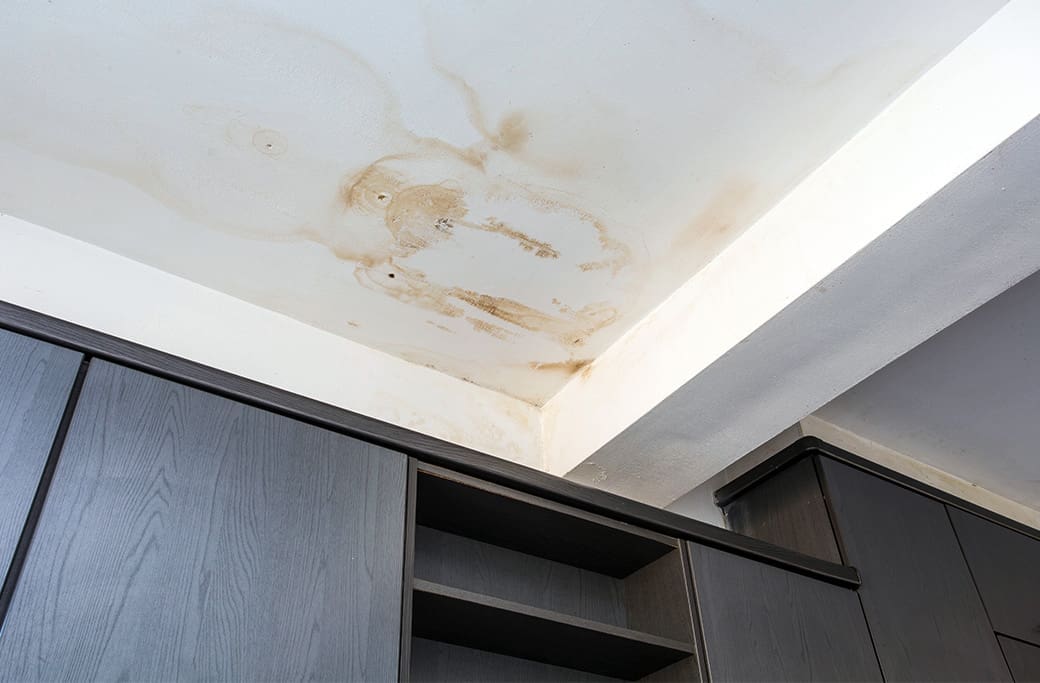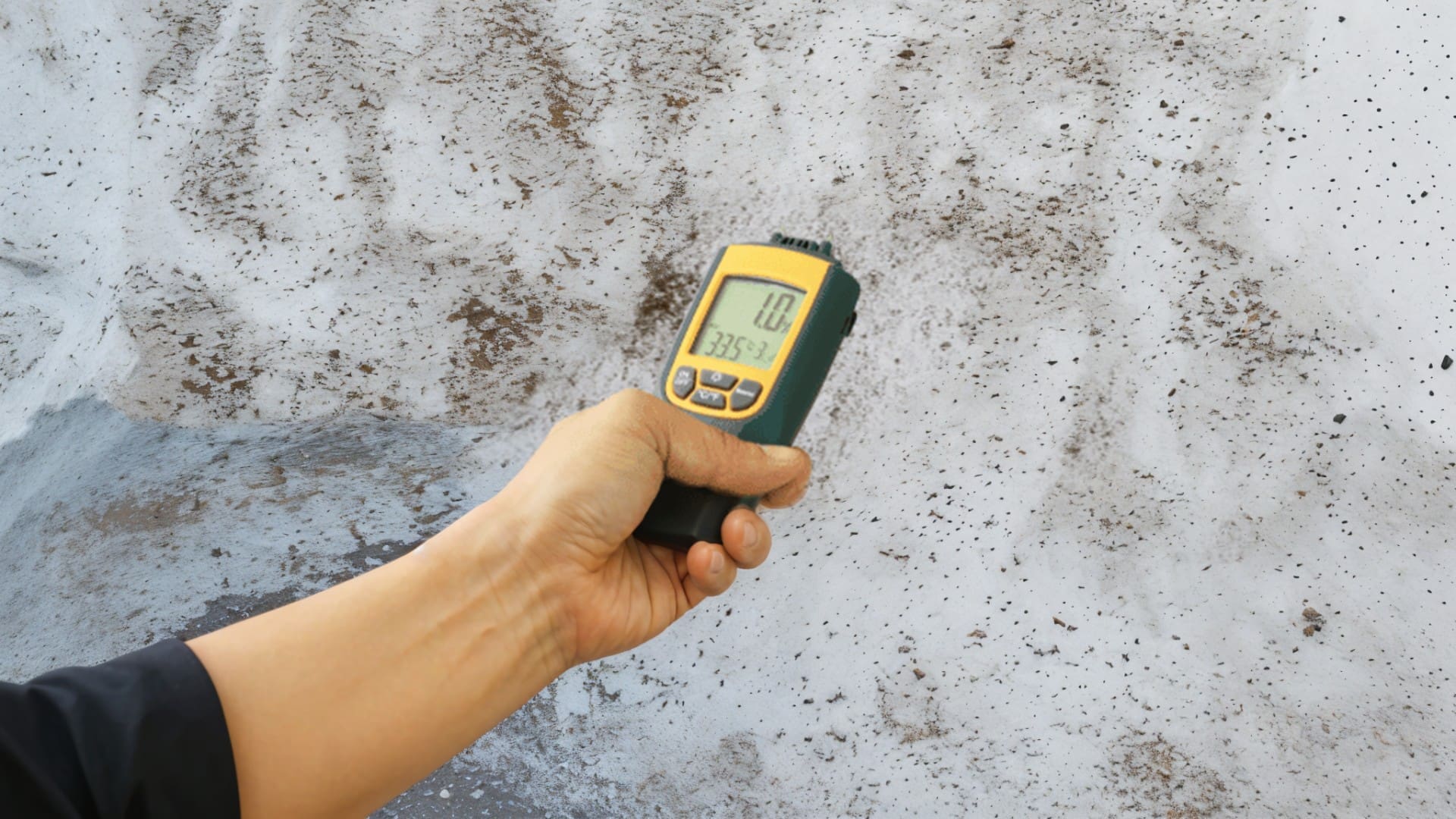
Prevention beats cure, especially when it comes to safeguarding your commercial property from water damage. Water damage is not only a silent infiltrator but also a costly disruption. For business owners, facility managers, and commercial property owners, understanding how to prevent water damage in commercial buildings is essential. Here at STOP Restoration, we specialize in protecting properties from such misfortunes.
Understanding the Risks
Water damage can occur suddenly or over time, often stemming from various sources. Knowing these risks is the first step toward prevention. Common causes include plumbing leaks, roof damage, blocked gutters, and even natural disasters like floods. Each has the potential to cause significant damage if not addressed promptly.
Financially, the costs can accumulate quickly. Apart from structural repairs, businesses may face operational disruptions, leading to lost revenue and productivity. Insurance premiums may also rise after a claim, adding to the financial burden. The good news? Many water damage incidents are preventable with proper planning and vigilance.
Preventive Measures
Regular Maintenance Checklist
A proactive approach to commercial building maintenance pays dividends. Begin with a thorough inspection of the plumbing system. Look for any signs of leaks, corrosion, or wear in pipes and fixtures. Addressing minor issues promptly can prevent them from escalating into major problems.
Roof maintenance is similarly vital. Regularly clear debris from gutters and downspouts to ensure proper water flow. Inspect the roof for damaged or missing shingles, and repair any weaknesses that could allow water to penetrate the building.
HVAC systems can also be a source of water damage. Regularly inspect drain pans and lines, and ensure they are clear and working correctly. Schedule professional maintenance annually to keep the system running efficiently and to spot potential problems early.
Proper Drainage Systems
Effective drainage systems are vital in preventing water damage. Ensure that your property’s exterior drainage directs water away from the building. This includes grading the landscape and maintaining clean and functional gutters and downspouts.
Consider installing sump pumps in basements or other vulnerable areas to manage excessive water. Regularly test these systems to confirm they are operational and ready to handle unexpected water inflows.
French drains or other subsurface drainage solutions can also be beneficial, especially in areas prone to heavy rainfall. These systems help manage groundwater levels and mitigate the risk of water seeping into the building.
Importance of Building Inspections
Regular building inspections are an investment in your property’s longevity. Qualified inspectors can identify potential vulnerabilities, such as foundation cracks, roof damage, or plumbing issues, before they lead to significant problems.
Schedule inspections annually, or more frequently if your building is older or in a high-risk area. Pay particular attention to areas that are difficult to access, such as crawl spaces, attics, and behind large equipment.
Inspectors can also check for signs of mold or mildew, which could indicate hidden water damage. Early detection and treatment can save considerable costs and health risks.
Advanced Warning Systems
Technology can be a powerful ally in preventing water damage. Install water detection alarms in key areas to alert you to leaks or flooding. These devices can send alerts to your phone, enabling you to take swift action even when you’re offsite.
Smart building management systems can integrate with water sensors to provide a comprehensive early warning network. These systems monitor water usage patterns and detect anomalies that may indicate leaks, helping to catch issues early.
Temperature monitors in areas prone to freezing can also prevent pipe bursts by alerting you to dangerously low temperatures, allowing you to take preventative measures.
Emergency Response Plan
Preparation is key to minimizing the impact of water damage. Develop an emergency response plan that outlines steps to take in the event of a water emergency. Identify key personnel responsible for executing the plan and ensure they are trained and well-versed in their roles.
Maintain a list of emergency contacts, including local restoration services, plumbers, and insurance representatives. Quick access to these contacts can expedite recovery efforts and reduce downtime.
Conduct regular emergency drills to ensure everyone understands their responsibilities and can execute the plan efficiently. Update the plan periodically to reflect changes in the building or staff.
Partnering with STOP Restoration
By partnering with STOP Restoration when faced with commercial water damage, you can minimize harm and swiftly restore your property. Our team is available 24/7 to respond swiftly and effectively to water damage emergencies. With advanced equipment and industry-leading techniques, we quickly assess the situation, extract water, and implement drying and dehumidification strategies to prevent further damage. Our expertise extends to managing the restoration process, from initial clean-up to final repairs, ensuring a seamless recovery for your business. By choosing STOP Restoration, you partner with a team that prioritizes minimizing downtime, reducing costs, and restoring your property to its pre-loss condition efficiently.
Safeguard Your Business: Preventing Water Damage
Water damage is a formidable adversary, but with the right strategies in place, you can protect your property and business operations. Implement these preventive measures and stay vigilant to minimize risks.
Don’t wait for water damage to disrupt your business. Implement the preventive strategies outlined and safeguard your property against potential threats. Reach out to STOP Restoration for any restoration needs. Our team is ready to provide the support and services necessary to ensure your business remains resilient against water damage. Contact us today to learn more about how we can help you maintain a safe and secure environment for your operations.




